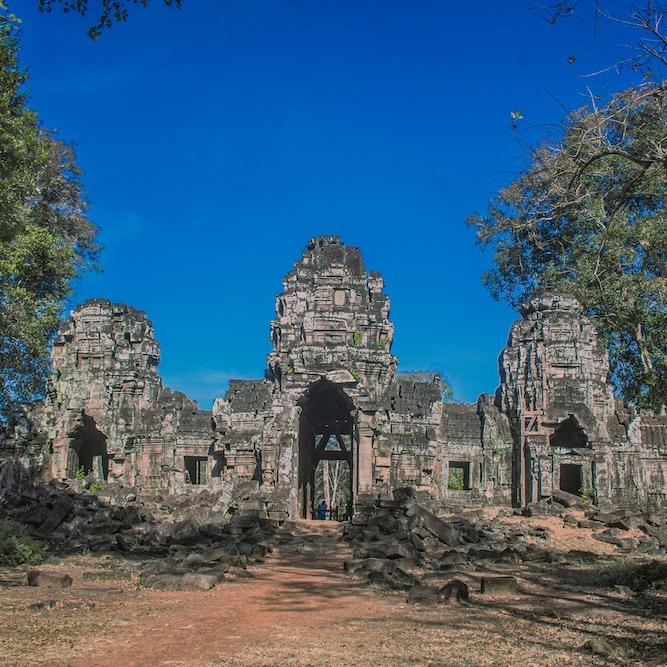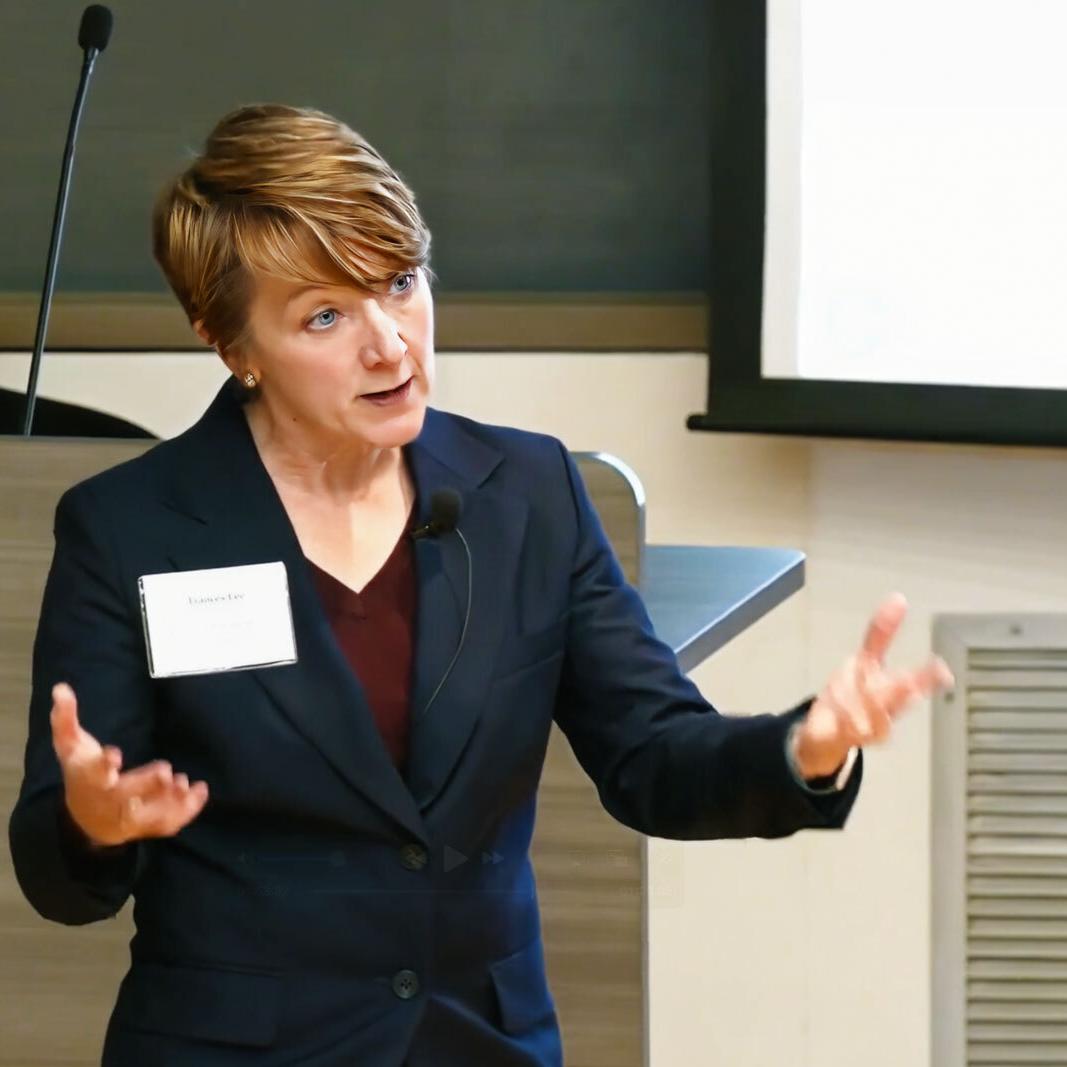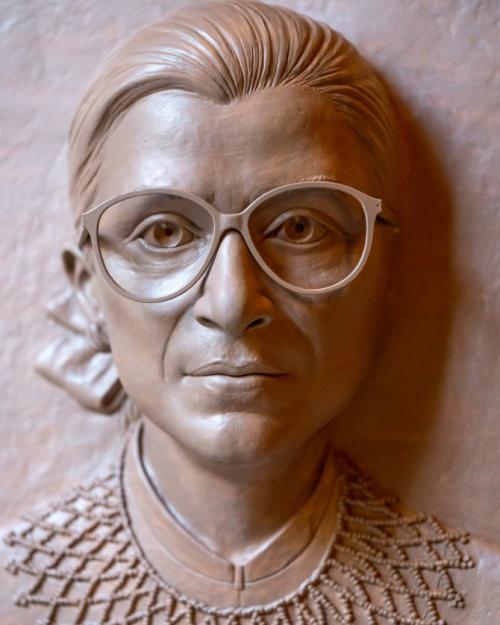For the first time in 125 years, the face of a celebrated New Yorker will join the pantheon of historic people commemorated at the New York State Capitol’s Great Western Staircase: Ruth Bader Ginsburg ’54, the late associate justice of the U.S. Supreme Court.
“When Ruth Bader Ginsburg was asked when there would be enough women on the U.S. Supreme Court, she famously replied, ‘When there are nine,’” said Gov. Kathy Hochul, at a mid-March rehearsal to place the stone portrait at the staircase. ‘By carving her portrait into the Capitol, we are both honoring Justice Ginsburg’s legacy as a trailblazer for justice and gender equality, and also celebrating New York’s history as the birthplace of the women’s rights movement.”
Later this spring, the Ginsburg portrait will be permanently installed on the second floor of the Great Western Staircase. While there are currently 77 well-known faces adorning the stairs’ walls, the Ginsburg portrait location will be directly above John Jay, the U.S. Supreme Court’s first chief justice. It is the only other portrait of a Supreme Court justice, according to the governor’s office.
The New York State Capitol was designed in the 1880s by architect Henry Hobson Richardson, known for his Romanesque style. Richardson died at age 47 in 1886 before the building was finished. The ornate staircase – with its 444 steps – was finished by Isaac G. Perry, who is considered New York’s first state architect.
Ruth Bader Ginsburg was born Joan Ruth Bader in New York City and grew up in the Flatbush neighborhood of Brooklyn, graduating from James Madison High School in 1950.
At Cornell, she majored in government in the College of Arts and Sciences.
In public talks, the associate justice often credited two influential Cornell professors, Robert Cushman, professor of government, and Vladimir Nabokov, then a professor of European literature, for setting her on course toward law school.
Ginsburg’s carved portrait will be the first new one added to the Great Western Staircase since its completion in 1898, according to the governor’s office. Her likeness will be portrayed in the same style as the existing 19th-century portrayals, carved in Corsehill sandstone from Scotland.
Among the 77 other portraits at the Great Western Staircase, the Ginsburg carving will be the seventh woman depicted. The others: Suffragist leader Susan B. Anthony; Civil War nurses Clara Barton and Elmina P. Spencer; Harriet Beecher Stowe, author of “Uncle Tom’s Cabin”; Frances E. Willard, temperance crusader; and Molly Pitcher, an amalgam of several women from the Revolutionary War.
Last November, the Ginsburg family approved sculptor Meredith Bergmann’s portrait model. Bergmann, the governor’s office said, is the artist who sculpted the Women’s Rights Pioneers Monument that featured suffragists Sojourner Truth, Susan B. Anthony and Elizabeth Cady Stanton in New York City’s Central Park.
Jane Ginsburg, the justice’s daughter and a Columbia University professor of law, spoke on behalf of her brother James Ginsburg and the family, seemed pleased about portrait. "My brother and I – and the entire Ginsburg family – are deeply moved that our mother’s home state of New York has honored her by placing her image in the magnificent Western Staircase,” she said. “It is particularly fitting that she will appear close to John Jay, her great predecessor on the U.S. Supreme Court, whom she admired.”





